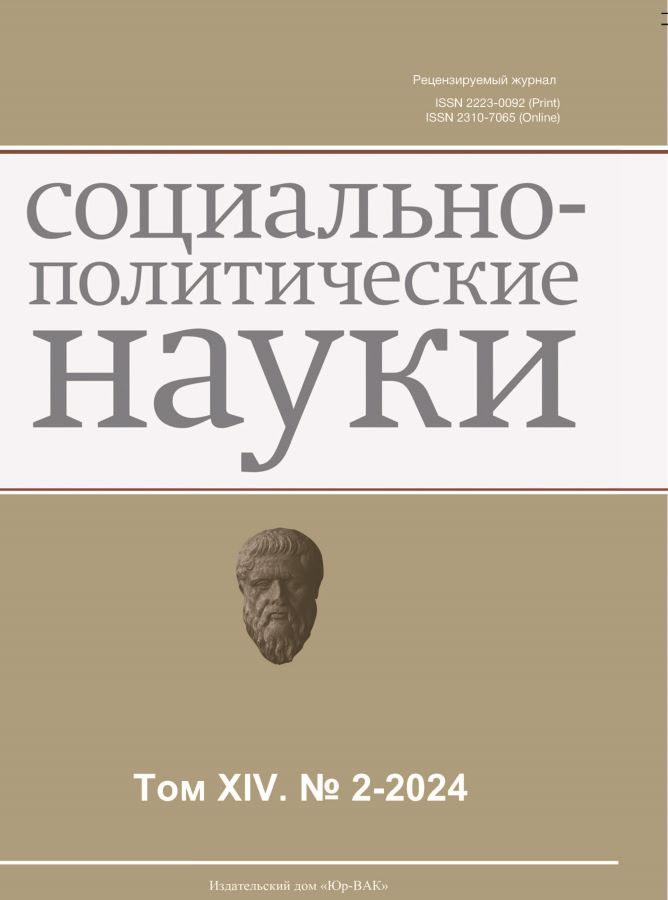Ways to Optimize Regulation of Social Adaptation Management for Cadets
- Autores: Zhukov D.V.1, Evenko S.L.2
-
Afiliações:
- Military University of Radio Electronics
- Military University named after Prince Aleksander Nevsky of the Ministry of Defense of the Russian Federation
- Edição: Volume 14, Nº 2 (2024)
- Páginas: 198-203
- Seção: Sociology of management
- URL: https://journals.eco-vector.com/2223-0092/article/view/633879
- DOI: https://doi.org/10.33693/2223-0092-2024-14-2-198-203
- EDN: https://elibrary.ru/HRZCJB
- ID: 633879
Citar
Texto integral
Resumo
Research objective. The article examines the issues of regulating the management of social adaptation of cadets of higher military schools of the Ministry of Defense of the Russian Federation. Young people entering higher military educational institutions (military universities) not only change the level of the educational institution, as higher military education requires significantly higher levels of autonomy, personal responsibility, and self-organization, along with motivation to study more complex and difficult professional areas of knowledge, but also the social environment. During their training in military universities, cadets pass through a stage of forming the main professional characteristics of social adaptation. It is during this period that the institutional development of the university’s activities to support students in socio-psychological support of the processes of their adaptation and regulation of its management in the university occurs. Such an institutional system should include, at least, three aspects of the development of the system for managing the social adaptation of a cadet and its regulation – goal setting, processes and structures. The article concludes on the expediency of solving the problem of institutional development of adaptation through the creation of a monitoring and regulation service for managing the social adaptation of cadets.
Texto integral
Sobre autores
Dmitry Zhukov
Military University of Radio Electronics
Autor responsável pela correspondência
Email: sboyko938@mail.ru
Military Serviceman
Rússia, Cherepovets, Vologda regionSergey Evenko
Military University named after Prince Aleksander Nevsky of the Ministry of Defense of the Russian Federation
Email: sboyko938@mail.ru
Código SPIN: 2650-6669
Dr. Sci. (Psychol.), Professor; Head; Department of Psychology of Deviant Behavior of Military Personnel of the Armed Forces of the Russian Federation
Rússia, MoscowBibliografia
- Dubovitskaya T.D., Krylova A.V. Methodology of researching the adaptability of cadets in a university. Electronic journal “Psychological Science and Education”. 2010. No. 2.
- Zimnyaya I.A. Key competencies – a new paradigm of education outcomes. Higher Education Today. 2003. No. 5. Pp. 34–44. (In Rus.)
- Seredina N.V., Lazareva O.V. Features of the adaptation process of first-year cadets to study at the university. North Caucasus Psychological Bulletin. 2014. No. 2. Pp. 51–54. (In Rus.)
Arquivos suplementares










